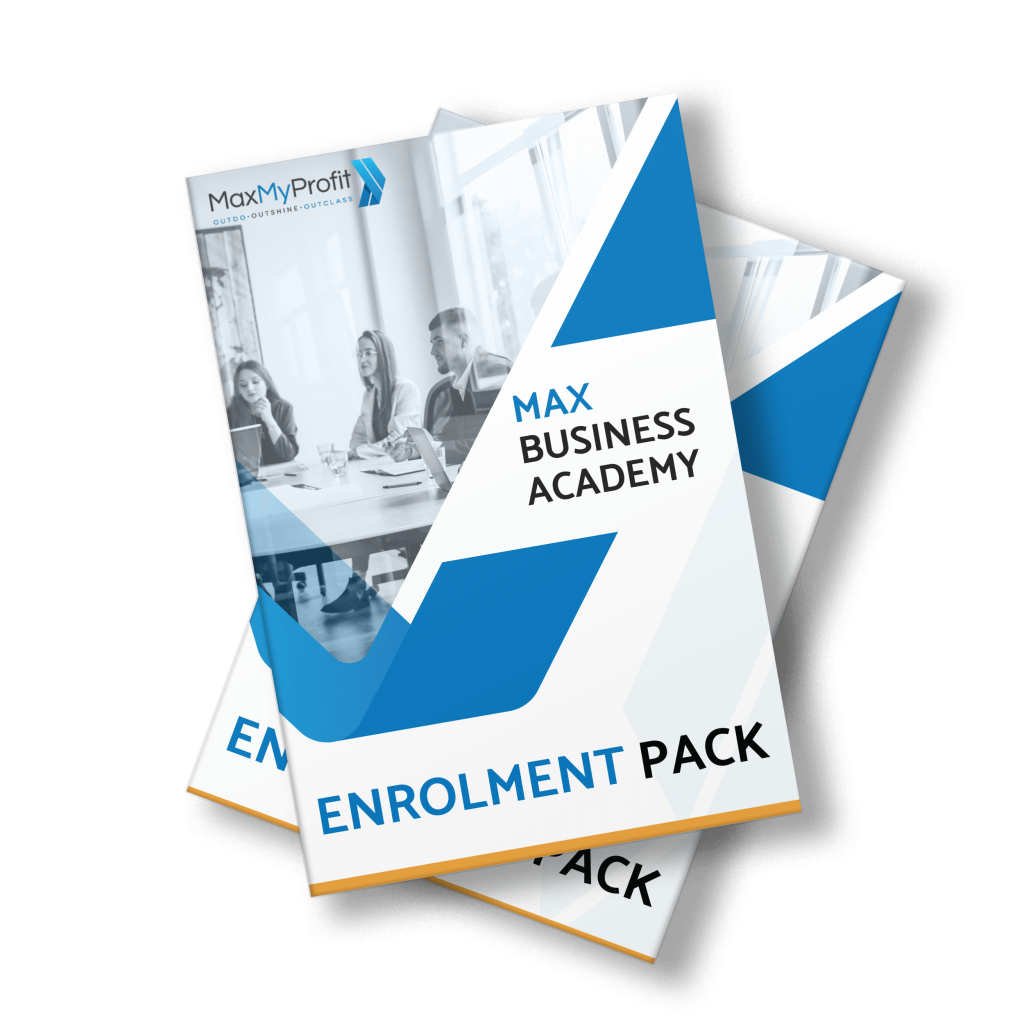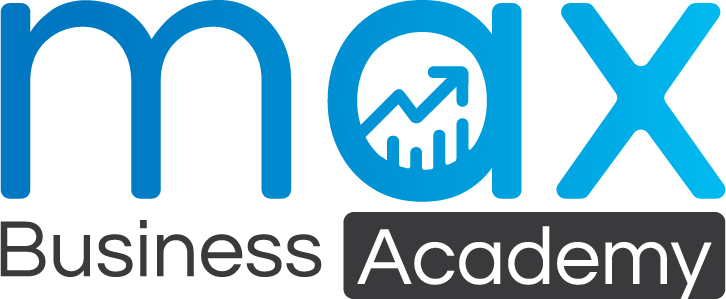Many business owners know they need to get into digital marketing to expand the reach of their brand, but have no idea how to start the process. They are beset by sales pitches left, right and centre from various digital agencies or other sources of information saying they need SEO, PPC, Social Media, and so on. But through all of the noise, it’s difficult to pick up a clear signal that communicates three very simple things: What works, what doesn’t work, and why. Having the answers to these simple questions in your business can be a very valuable step in the right direction of getting better ROI for your marketing dollars.
This article aims to give business owners a leg-up on important decisions that they need to make about their digital marketing. It aims to provide a neutral, unbiased voice that can help stakeholders make informed decisions.
Introduction: No “one size fits all”
Like many things in business, digital marketing does not involve anything that is a “one size fits all” scenario. One of the first constructive steps that can be taken for a business owner trying to decide how to invest in digital is to acknowledge this phenomenon. Similar to choosing things like accounting software, CRM systems or even employees, everything in business is a case by case analysis of fit. In the space of digital marketing, informed decision making done from a place of understanding is supremely valuable for a business owner.
There are a multitude of digital marketing strategies out there and they all fit various businesses. The first thing to acknowledge is that not all strategies will fit all businesses, and then move from there to figure out which one will work for you and get a constructive ROI. The rest of this article aims to walk you through this process.
Step 1: Is your audience online?
The first basic step in figuring out your digital marketing strategy is to deeply understand your audience; One specific question is: is your audience online? Do they hang out online? Do they use online to find products and services?
For most people, the answer to this will be yes. This question is just the starting point, the first barrier to entry that must be accounted for. For instance, if you sell products that primarily target an ageing generation, it’s possible that they are not frequently online. But there may also be other considerations; perhaps their caretakers are online and do search for your kind of product, etc.
The first major question to answer is whether your audience is online enough to justify reaching out to them.
Step 2: What will you “send” your users to?
The next step is to figure out how you will sell your product or service to users. Classically, this means figuring out how your website will look.
For most businesses, a website is the heart of their digital marketing campaigns. A website is like your physical store in the offline world; it is the first thing people see and it’s how people judge your business.
However, not all businesses require large or complex websites, and some don’t require a website at all, depending on their approach. Some smaller businesses may just create a single page “landing page” website. Some may require a full-blown eCommerce store. Some may fit best with a simple 10-15 page website.
The option that fits best for you depends mostly on the:
- Complexity of your product / service
- The most complex your product / service, the more explanation it may require online
- How much content do your competitors put on their websites? Is it all necessary or useful?
- The length of your sales funnel
- How much confidence must you provide through online interaction?
- How much information do your customers need to see online to convert or contact you?
- Where your sales funnel leaves online
- Do people go through initial discovery all the way to purchase online — like an eCommerce store?
- Or do they just need to see enough to realise you’re competent and pick up the phone to contact you?
Answering these questions is very important because the responses will dictate the size, complexity and cost of your website. For most approaches online, bigger is not necessarily better. Similar to how a longer book is not necessarily superior to a shorter book, it’s the substance and quality of website content that dictates its value, not just length.
Less is more, provided it all has substance.
The second major question to answer is where you will send your visitors once you’ve captured their attention.
Step 3: Does your product fit inbound or outbound?
The third step is to identify which broad category of digital marketing is most appropriate to reach your audience and get them to your website / landing page.
There are two fundamental branches of marketing and digital marketing in particular; inbound and outbound. The names are partially self-explanatory, but it’s important to be clear on what these mean in order to make a decision of which to target (or to target both together)
#1 Outbound
Outbound marketing is the most traditional form of advertising available. In short, outbound marketing means that a person’s focus or attention is on something else, and we place advertising on the side to capture their attention. For instance, if someone is watching their favourite TV show, and then an ad break commences, the ads in that break are considered “outbound marketing”. Outbound marketing is interruption based, it involves capturing attention when it is focused elsewhere.
Where outbound fits: Outbound marketing fits best when:
- Awareness of your product or service is generally quite low. People don’t know what your product is and aren’t able to proactively search for it.
- OR; awareness of your product is high, but people don’t tend to search proactively for it online anyway.
Example of outbound fit: Let’s say you are a health expert and give seminars on personal health. You want to get people signed up to your seminar. People are not aware of your seminars generally and won’t be proactively searching for them very often. So you launch an outbound marketing campaign to get sign-ups for your seminar.
#2 Inbound
Inbound marketing is a newer form of marketing that search engines like Google and Bing have given rise to. Inbound marketing, as the opposite of outbound, means capturing someone’s attention right when they are proactively looking for something like you. For instance, if someone is searching online for a particular product, and you sell that product, then somehow getting your website to the attention of that searcher can be very valuable to your business.
Where inbound fits: Inbound marketing fits best when:
- People are generally aware of the kind of product or service you sell.
- People proactively search on the internet for your product or service.
Example of inbound fit: Let’s say you are a plumber based in North Sydney. In a classical offline, outbound marketing approach you might drop brochures in people’s mailboxes. But this is interruption marketing and often carries a low relevancy factor. Instead of this approach, you work hard to get your site to appear in Google searches when people are looking for plumbers in North Sydney. When someone’s pipe breaks, they do a search and find your business.
Of course, there’s no rule that says you can’t do both inbound and outbound. Certainly, both are possible, and in some cases doing a mixture of both is appropriate. Regardless of the final approach, it’s important to make the decisions based on understanding which approach fits your business and why.
The third major question to answer is which general approach to take with your marketing; inbound, outbound, or some combination.
Step 4: Choose your channels
Once you’ve concluded which approach (inbound, outbound or both) fits your business best, and you’ve figured out where users will be sent to for your sales process, the next choice to make is to identify which channels fit best.
Outbound channels
Digital marketing offers a variety of good quality outbound marketing channels. One of the primary advantages of digital marketing as opposed to offline marketing is the ability to do higher quality targeting online.
Example of offline targeting: Offline a company like Coca-Cola might do a brand banner campaign in a soccer stadium. They pay millions of dollars to get their branded logos plastered around the stadium. This is a “blast” type of approach. There is not much targeting happening at all. Basically all they know about the viewers is that they’re interested in soccer.
Example of online targeting: Online a company like a computer gaming company might do Facebook advertising. Facebook allows targeting of users based on many things, including demographics, geo-location, interests, age, marital status, etc. The gaming company knows their primary target audience is people in Sydney, unmarried, between 20-30 years old, and interested in gaming. Facebook allows them to target their audience at a high degree of granularity, targeting their ads at only people who fit into this tightly defined audience.
There are multiple outbound channels available to advertisers online. It’s impossible to give an exhaustive list. However, some of the major platforms are:
- Facebook advertising
- Twitter advertising
- Linkedin advertising
- YouTube advertising (the online version of TV ads)
- Email Marketing
- Remarketing
- Banner advertising
- Etc.
Going into the details of each of these channels is beyond the scope of this article. That’s where agencies who do these channels come into play. Once you have determined outbound marketing fits for you, approach various agencies or hire people to see what they can do for you.
Inbound channels
Digital marketing uniquely offers strong inbound marketing channels. The de facto inbound marketing channels are search engines, both organic and paid options are available.
Organic Inbound Marketing (SEO): Organic means getting traffic to a website or business for free. Part of how Google and other major search engines work is they offer organic listings to their users, which result in free traffic to businesses. Search Engine Optmisation (SEO) is a service offered by many agencies which aims to promote businesses’ websites’ reach in organic searches.
SEO tends to be slower and more rewarding over the long term.
Paid Inbound Marketing (SEM): Many search engines also offer advertising space to advertisers for when users enter relevant keywords into their search. Using this paid advertising is referred to as SEM, or often called PPC advertising (Pay Per Click). The format is that search engines only charge you money for when people actually click to your website, and you bid for positions in search results.
SEM tends to be quicker to see results, but you pay for each click
Often if inbound marketing is identified to be a great fit to your business, a combination of SEO and SEM is reached. SEO and SEM synergise nicely due to their similarities and together form a good approach to inbound marketing.
The fourth major question to answer is which channels you’ll invest in, and why.
Step 5: Measure your ROI
Finally, one of the distinctive advantages of digital marketing as opposed to offline marketing is the ability to gather relevant data. There are a multitude of data analytics platforms, many of them free to use, available to businesses. This data can be used to determine the effectiveness of your marketing.
Regardless of what sales pitches might come your way, no-one actually knows with absolute certainty whether your digital marketing efforts will succeed and lead to a good ROI. That’s why it’s important that business owners take charge of the data and analytical side of things to determine the viability of your marketing strategies. Request your digital agency or marketing staff to report clear, ROI focused metrics and to segment them by channel as much as appropriate. This will allow you to evaluate the costs and returns of your marketing in each channel. This puts you, the business owner, in the driver’s seat of your digital marketing and allows you to understand whether it is working and why.
Recommendation: For most digital marketing strategies, you will know within three months of commencement whether the strategy is viable and will provide good ROI. If you’re not clear on whether it’s working, switch it off and see if there’s any difference to your bottom line. For organic strategies like SEO, this timeframe can stretch longer to six months as results take longer in that area.
The fifth major point to evaluate is the ROI of your marketing campaigns after good testing.
This post is brought to you by holistic digital marketing agency E-Web Marketing. Get an analysis of your website for free by the experts at E-Web.









